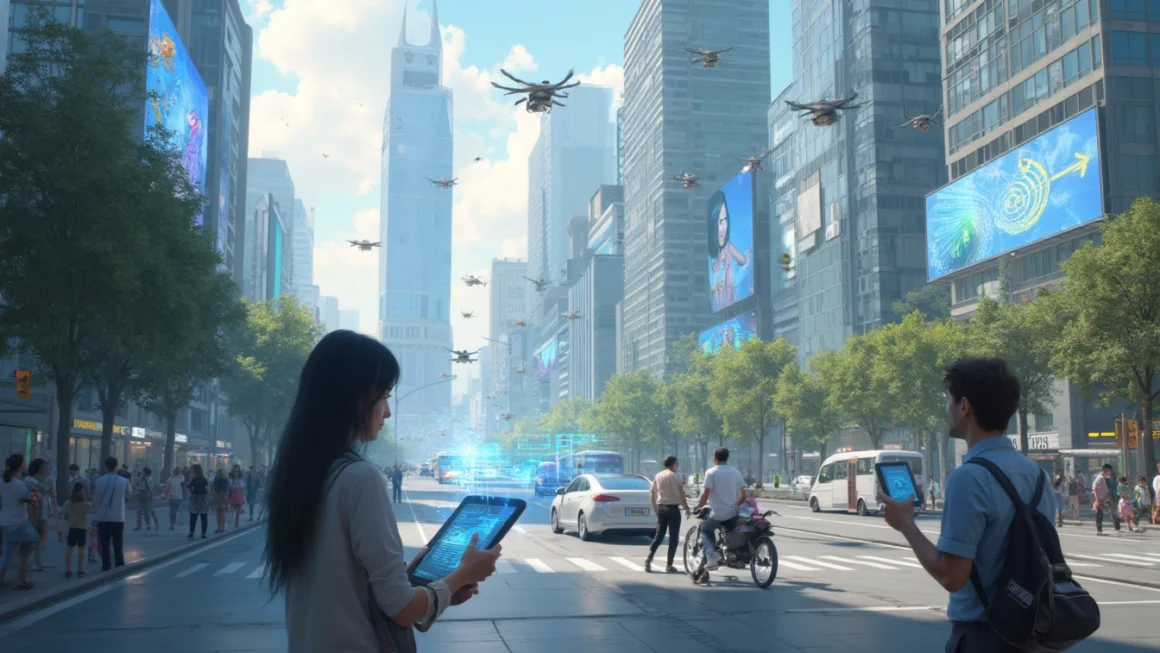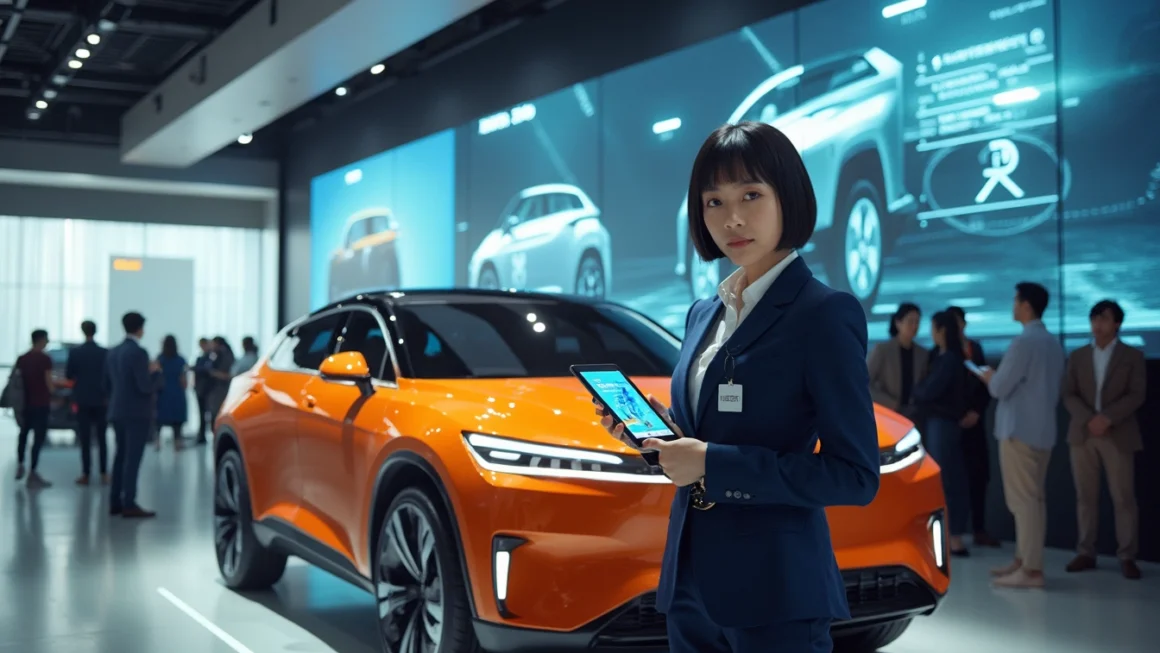Introduction to Tesla’s Latest AI Endeavor
Table of Contents
Tesla, a trailblazer in the world of electric vehicles and renewable energy, is once again turning heads with its ambitious plan to revolutionize autonomous driving. Central to this venture is the implementation of advanced Artificial Intelligence (AI) technology within their proposed robotaxi fleet. As Tesla strides into this unexplored territory, it’s crucial to understand the potential benefits, challenges, and implications of deploying such a technology at scale.
The Promise of Black Box AI Technology
Black box AI technology stands out due to its ability to process immense amounts of data and generate outputs without requiring detailed human intervention in programming decision logic. This technology’s appeal in autonomous driving is profound as it can potentially advance the learning curve, allowing vehicles to make decisions based on intricate algorithms and machine learning models.
Advantages
– **Efficiency:** Black box AI can significantly enhance the decision-making speed of autonomous vehicles.
– **Adaptability:** The technology learns from real-world data, making it more adaptive to changing environments.
– **Scalability:** As the AI learns and improves, deploying additional vehicles can become seamless, replicating the learned behavior across the fleet.
Challenges
– **Transparency Issues:** One primary concern is the opacity of the decision-making process, which can cause regulatory and public trust challenges.
– **Safety Concerns:** While the technology can learn and adapt, there are concerns about its capacity to handle unprecedented scenarios.
– **Regulatory Hurdles:** Navigating regulations and achieving compliance across different jurisdictions can be arduous.
Tesla’s Vision for Robotaxis
The aspiration for Tesla’s robotaxi fleet revolves around creating an autonomous vehicle network that reduces the reliance on human drivers. This fleet could potentially change urban landscapes by minimizing parking needs and transforming personal vehicle ownership models. Tesla projects significant societal benefits, including reduced accidents due to human error and improved accessibility for individuals unable to drive.
Societal Impact
– **Traffic Reduction:** Optimally routed autonomous vehicles can reduce traffic congestion.
– **Environmental Benefits:** Electric robotaxis would contribute to emission reductions.
– **Economic Shifts:** The transportation service model may shift from ownership to service-based, affecting industries from automotive sales to insurance.
Navigating the Ethical Landscape
With such groundbreaking technology comes a plethora of ethical considerations. As Tesla pioneers black box AI technology in robotaxis, it must confront questions related to accountability and decision-making fairness. Addressing who is responsible in the case of an incident — the manufacturer, the software provider, or another party — is pivotal to gaining public and governmental trust.
Regulatory Frameworks and Ethics
– **Accountability:** Establishing clear lines of responsibility for actions made by autonomous systems.
– **Data Privacy:** Ensuring user data is safeguarded against breaches and misuse.
– **Bias and Fairness:** Continuous evaluation of AI models to prevent and correct biases.
Concluding Thoughts
Tesla’s ambition to incorporate black box AI technology into its robotaxis represents not just a leap in innovation but also a critical juncture in automotive history. As the company pushes towards realizing this vision, the outcomes could redefine mobility across the globe. To familiarize oneself with cutting-edge technological advancements or related developments in software, you can visit this personal portfolio website as a reference for contemporary digital solutions.
However, as Tesla accelerates into an AI-driven future, the key will be in managing both the expressive promises and the inherent risks that come with leveraging such transformative technologies. Encouraging public discussions and involving a broad range of stakeholders will be crucial in shaping a future where autonomous vehicles can thrive while maintaining ethical and safety standards.
As we embrace this path, one must remain optimistic yet vigilant, ensuring these innovations equitably benefit society, driving us toward a more efficient and sustainable world.




